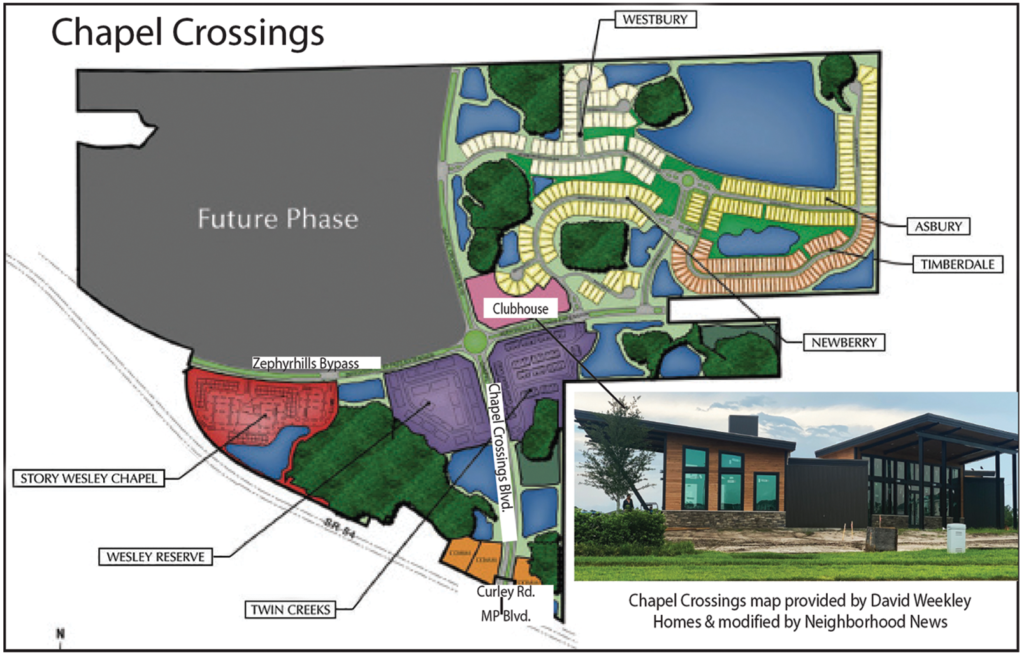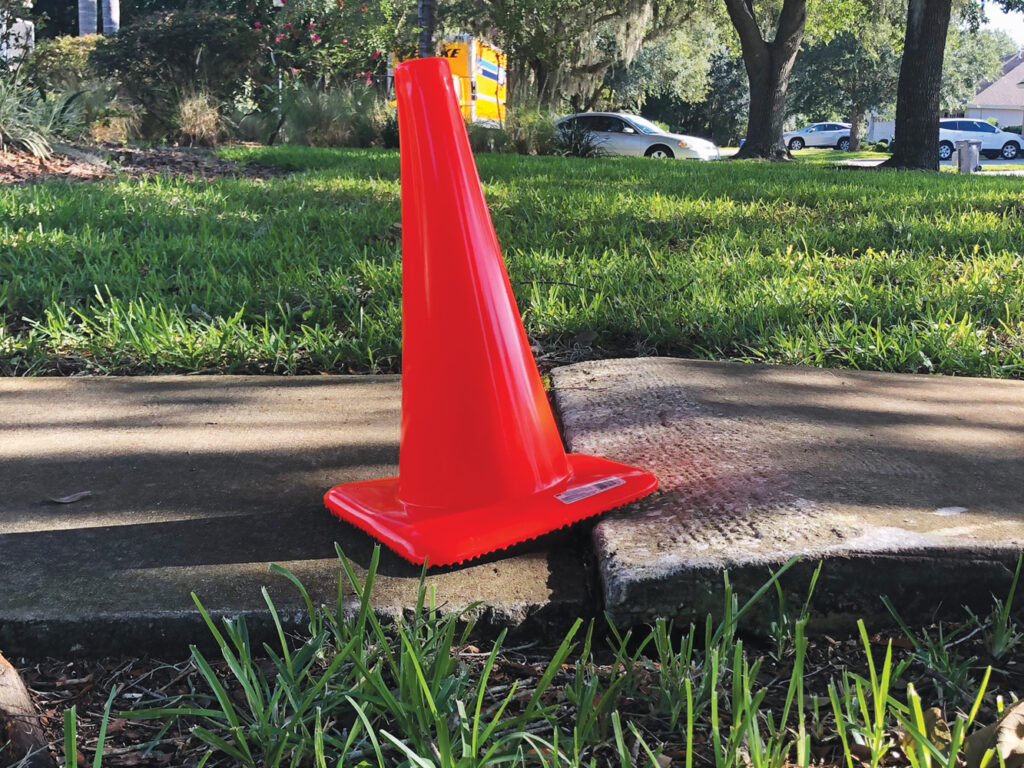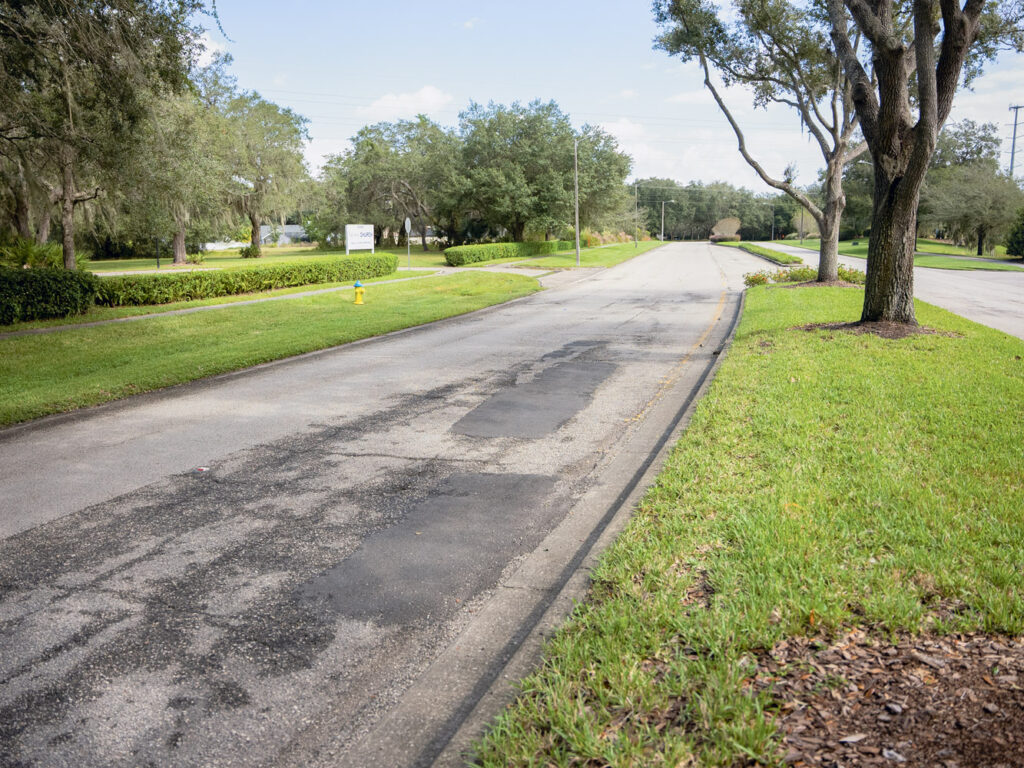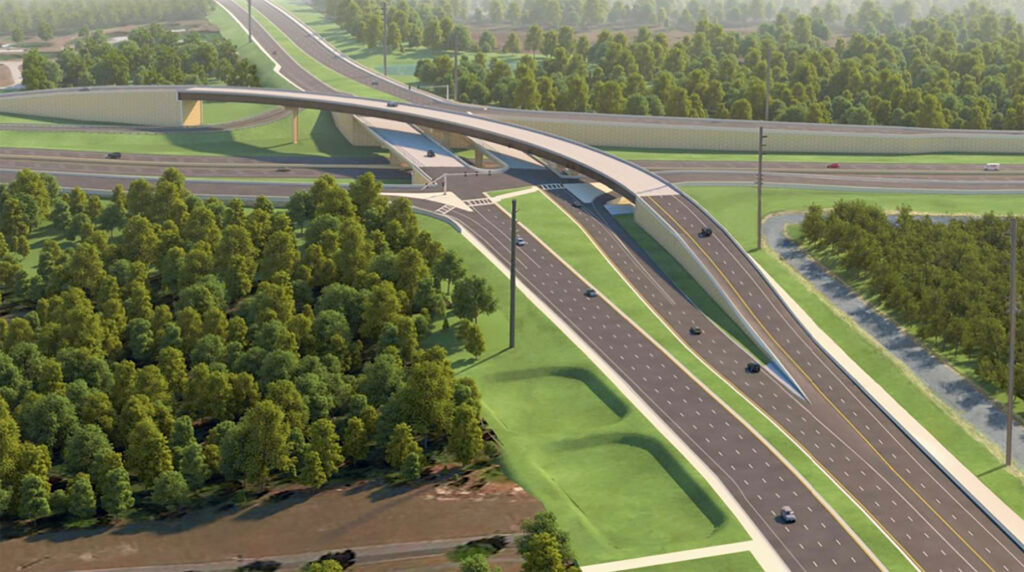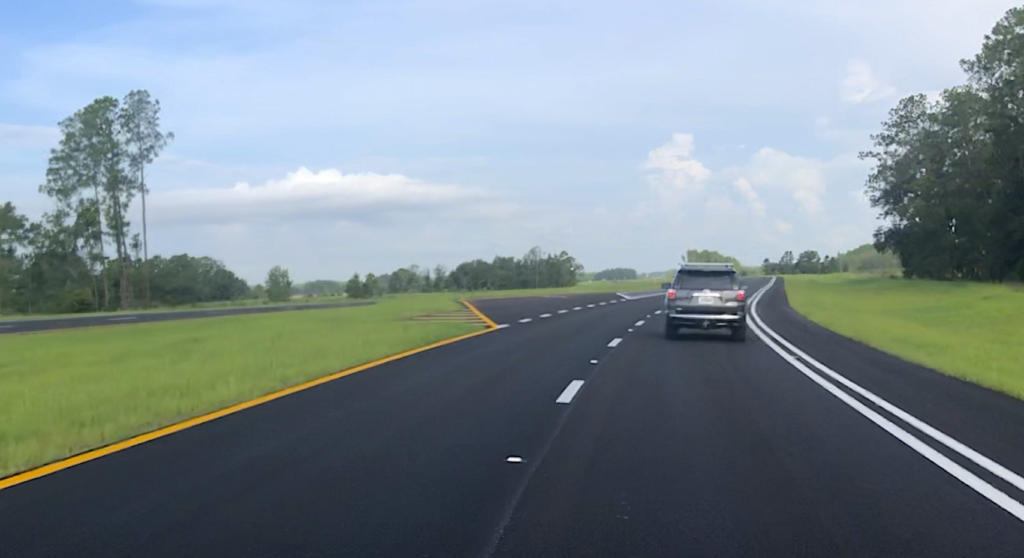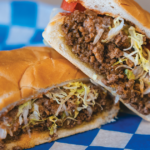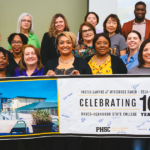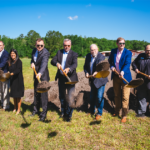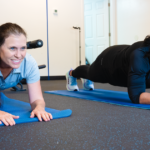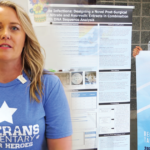New Signage Posted At The Entrance To Chapel Crossings Community Off S.R. 54 Likely To Change So, as I was driving eastbound along S.R. 54 (heading towards Zephyrhills), I noticed
The Hillsborough County Board of County Commissioners (BOCC) committed a large chunk of money to repaving many of its roads last year. This year, the BOCC is tackling sidewalks. The
Plans to convert four-lane Tampa Palms Blvd. — which circles through the Tampa Palms community — into two lanes have been soundly rejected. After revealing its preliminary Complete Street Project
Pasco County District 2 Commissioner Mike Moore says one of the most common complaints he receives from his constituents is about the traffic, especially here in Wesley Chapel. Before too
Now that it has opened to traffic, the S.R. 56 Extension is expected to provide a boon to local businesses, as well as create a badly needed 4-lane East-West road

